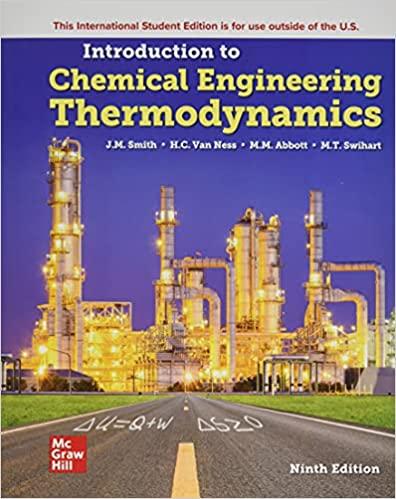Answered step by step
Verified Expert Solution
Question
1 Approved Answer
Consider a cell composed of a cell body to which is attached a long, thin, tubular process ( e . g . , the axon
Consider a cell composed of a cell body to which is attached a long, thin, tubular "process" eg the axon of a neuron or the flagellum of a sperm cell of length l cm Figure on right Suppose some substance n eg a metabolite is generated in the cell body and diffuses along the process, all along which the substance is consumed at a constant uniform rate, alpha n mols per unit length. The continuity equation for the substance thus becomes cn t Phi n x alpha n A where A is the assumed constant crosssectional area of the process. a Combine the modified continuity equation given above with Ficks law to obtain a modified form of the diffusion equation that must be satisfied by cn b Show that a solution of this equation in the steady state cn t Phi n t is cn x alpha n DA x ax b and find values of the constants a and b corresponding to the boundary conditions cn o C and Phi n l Consider a cell composed of a cell body to which is attached a long, thin, tubular "process" eg the axon of a neuron or the flagellum of a sperm cell of length lcm Figure on right Suppose some substance n eg a metabolite is generated in the cell body and diffuses along the process, all along which the substance is consumed at a constant uniform rate, alpha nmols per unit length. The continuity equation for the substance thus becomes delcndeltdelPhi ndelxalpha nA where A is the assumed constant crosssectional area of the process. a Combine the modified continuity equation given above with Fick's law to obtain a modified form of the diffusion equation that must be satisfied by cn process b Show that a solution of this equation in the steady state delcndeltdelPhi ndelt is cnxalpha nDAxaxb and find values of the constants a and b corresponding to the boundary conditions cnoC and Phi nl
Step by Step Solution
There are 3 Steps involved in it
Step: 1

Get Instant Access to Expert-Tailored Solutions
See step-by-step solutions with expert insights and AI powered tools for academic success
Step: 2

Step: 3

Ace Your Homework with AI
Get the answers you need in no time with our AI-driven, step-by-step assistance
Get Started


